Taryn Simon
An American Index of the Hidden and Unfamiliar
29 August–17 October 200929 Aug–17 Oct 2009
An ethnography of the American psyche rendered through an obsessive documentation of its repressed places.—Geoffrey Batchen What’s most strongly conveyed, perhaps, by a close study of these photographs, is how intricate and often systematic this off-limits land of ours is—how conscientious we can be about what we don’t want to be conscious of.—New York Times Magazine Inspired by rumours of WMDs and secret sites in Iraq, Taryn Simon decided to address secret sites in her own country. For An American Index of the Hidden and Unfamiliar (2006), she photographed hidden places and things within America’s borders. Ranging across the realms of science, government, medicine, entertainment, nature, security, and religion, they include glowing radioactive capsules in an underwater nuclear-waste storage facility, a braille edition of Playboy, a death-row prisoners’ exercise yard, an inbred tiger, corpses rotting in a Forensic Research Facility, and a Scientology screening room. Shot over four years, mostly with a large-format view camera, the images are sometimes ethereal, sometimes foreboding, sometimes deadpan, sometimes cinematic. In examining what is integral to America’s foundation, mythology, and daily functioning, the Index provides a surprising map to the American mindset. Simon has long been attentive to photography’s limitations—her earlier series The Innocents (2003) documented cases where photographic evidence was implicated in wrongful convictions. The images in the Index are all accompanied with texts, which crucially expose what photography cannot say. Thanks to Gagosian Gallery, New York.






